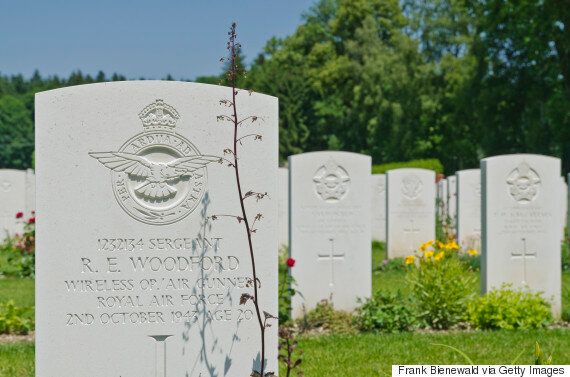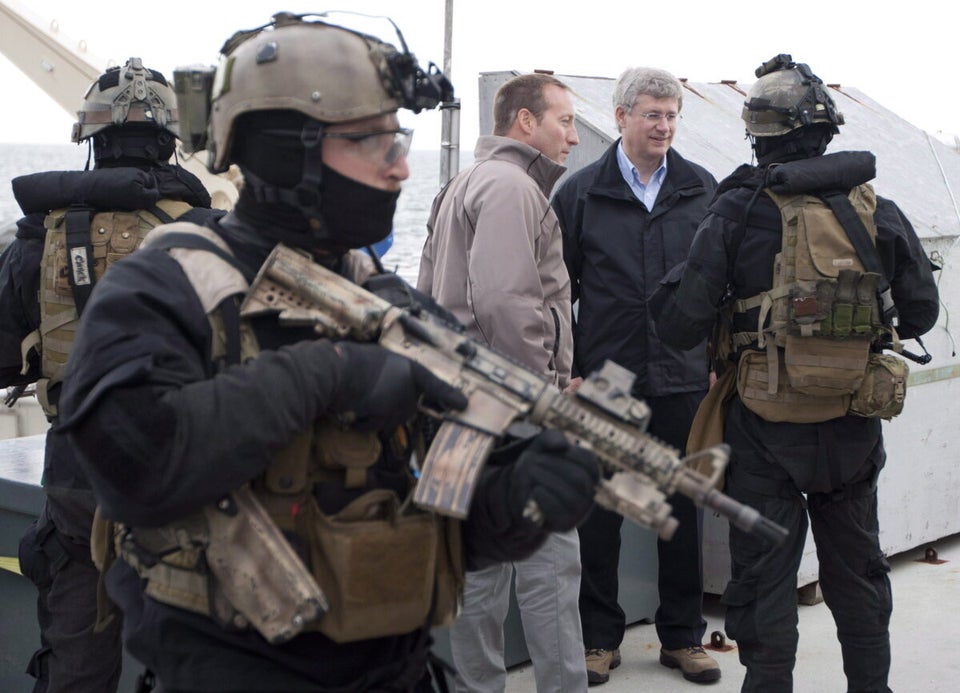
Edwin Weaver was probably born in 1908; we can't be sure as it is suspected he falsified his age to enlist in the British Army's Royal Artillery in Birmingham, England in 1925. He volunteered for the Special Air Service (SAS) in 1943 and, after evacuating escaped prisoners of war along the Italian coast for many months he parachuted into eastern France in August 1944 on Operation LOYTON. He was captured, along with the rest of his SAS patrol, on October 7 of that year.
On October 15 he and seven comrades were driven to a spot in a forest just to the west of the hamlet of La Grande Fosse. The first off the truck was Reg Church. He was stripped naked and made to stand in front of a ready-dug grave. SS Unterscharführer Georg Zahringer told the subsequent war crimes tribunal at the British Military Court at Wuppertal, Germany, in May 1946 what happened next.
"Wuttke was carrying a Walther pistol and Gaede also had a weapon with him. Practically immediately I heard a shot. The remaining English prisoners in the truck did not say anything but remained silent. The next prisoner was made to jump down and undress like the other and was taken away to the same place. Again I heard a shot. This went from one prisoner to another until it was the turn of the last."
The last man out of the truck was Edwin Weaver. Georg Zahringer told how he watched as Weaver was led to the edge of the grave. He was not trembling. He then turned to one of the Germans and said something, before he was shot through the back of the head by Wuttke. Weaver's was the last body to be exhumed from the grave and was found draped over his friends.
As the Germans drove away from the crime scene Zahringer described a solemn atmosphere in the truck. He asked Schossig, the man Weaver had spoken to and the only one who could speak English, what he had said. Schossig replied, "We were good men."
This story and 373 others have just been commemorated in a three-volume work, The SAS and LRDG Roll of Honour 1941-1947. It is the culmination of one man's work to explain the deaths of all the SAS and Long Range Desert Group (LRDG -- the forerunner of the SAS) fatalities of the Second World War. (The last man died in 1947 having never left military hospital, but as the SAS was disbanded in 1945 he was never officially listed as being a casualty of the regiment.)

The project was carried out by an author who calls himself ex-Lance Corporal X for anonymity. It cost him £58,000 of his own money. He was driven to start what turned out to be a 13-year quest after being asked to leave wreaths in Algeria for SAS men killed there in 1944. Trouble was, the fighting had finished at least a year before. So what were they doing there?
Dunno, said the SAS Association. Odd, thought ex-LCpl X, I'd better find out. It became a passion and consumed all the spare time his very understanding family had. He contacted all the next of kin and trawled the national archives and regimental histories. Slowly, over many years of correspondence and interviews, the families came to trust him and believe in the integrity and dignity he promised to bring to the project and the memories of their loved ones.
He travelled the world (including to New Zealand to speak to the family of Francis "Frankie" Rhodes, a member of the North Auckland Mounted Rifles and later the LRDG, killed in an accident whilst on leave in November 1943) and insisted on adding colour and depth to the men's stories, rather than just recounting the "who" and "when" of the casualties.
The project is an incredible achievement and will be of immense value to historians.
The locations for many of the deaths have hitherto not been recorded, or have been done so inaccurately. Ex-LCpl X will use any profits from his project to construct fitting and permanent memorials to those that currently have none. Anything left over will go to the military charity Combat Stress.
The author has eschewed a boys-own approach; bullets don't fly like angry wasps and not even the biggest guns spit hot death. The material is harrowing stuff. Hitler's Kommandobefehl, or Commando Order, of October 1942 formed the illegitimate justification for the murder of Allied troops captured behind German lines.
Having been wounded in action, John Reginald "Reggie" Williams, Sam Pascoe and Joe Ogg were taken from the Hotel Dieu Hospital in Poitiers, France, and murdered, most likely by lethal injection, by Hauptmann Dr. Georg Hesterberg. The bodies were disposed of secretly.
The project is an incredible achievement and will be of immense value to historians and future researchers as it is the first time anyone has pulled together all the records and included the next of kin. Thirteen hitherto unrecognised members of the SAS and LRDG were discovered in the course of the author's research. More information can be found at the project's website or on Twitter @SAS_LRDG_ROH.
Edwin Weaver's grave (with no inscription) lies in the Durnbach war cemetery, 15 kilometres east of Bad Tolz, in Germany. He is also commemorated on the war memorial at St James church, Shirley, Solihull and on the Stele de Prayé memorial above Moussey in France.
Follow HuffPost Canada Blogs on Facebook
Also on HuffPost:
